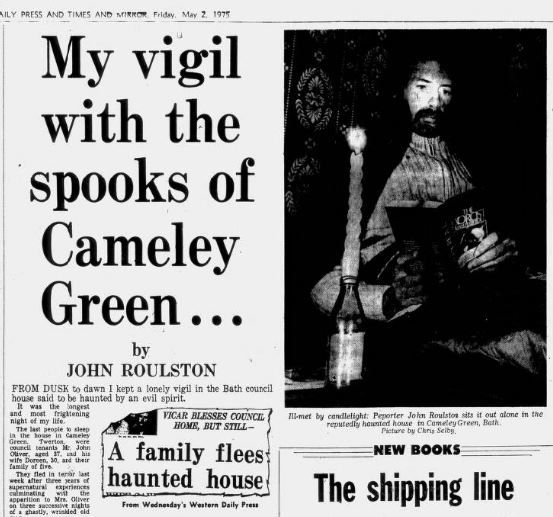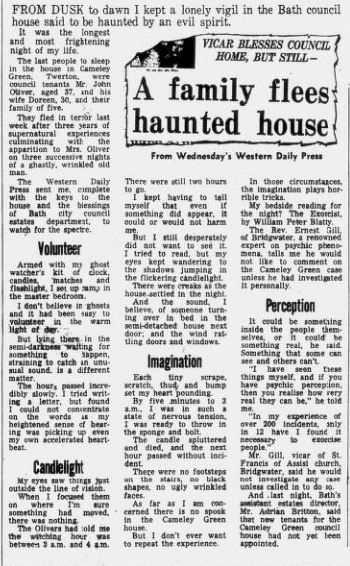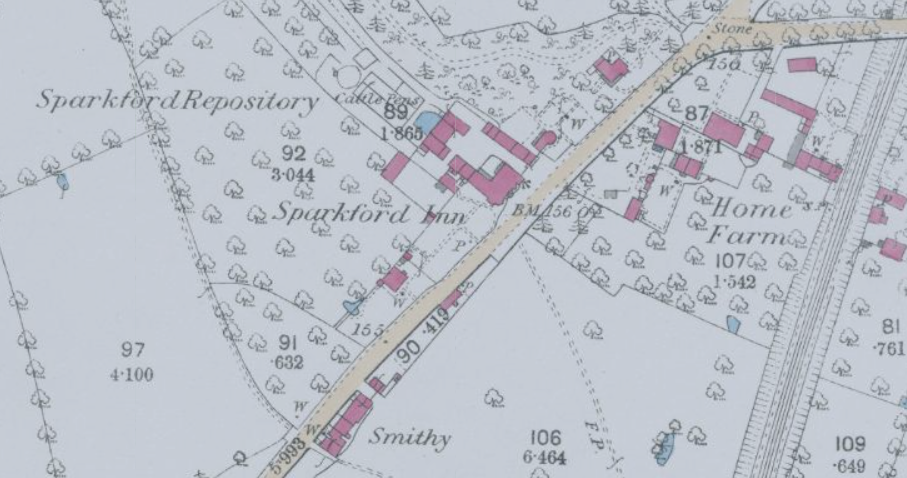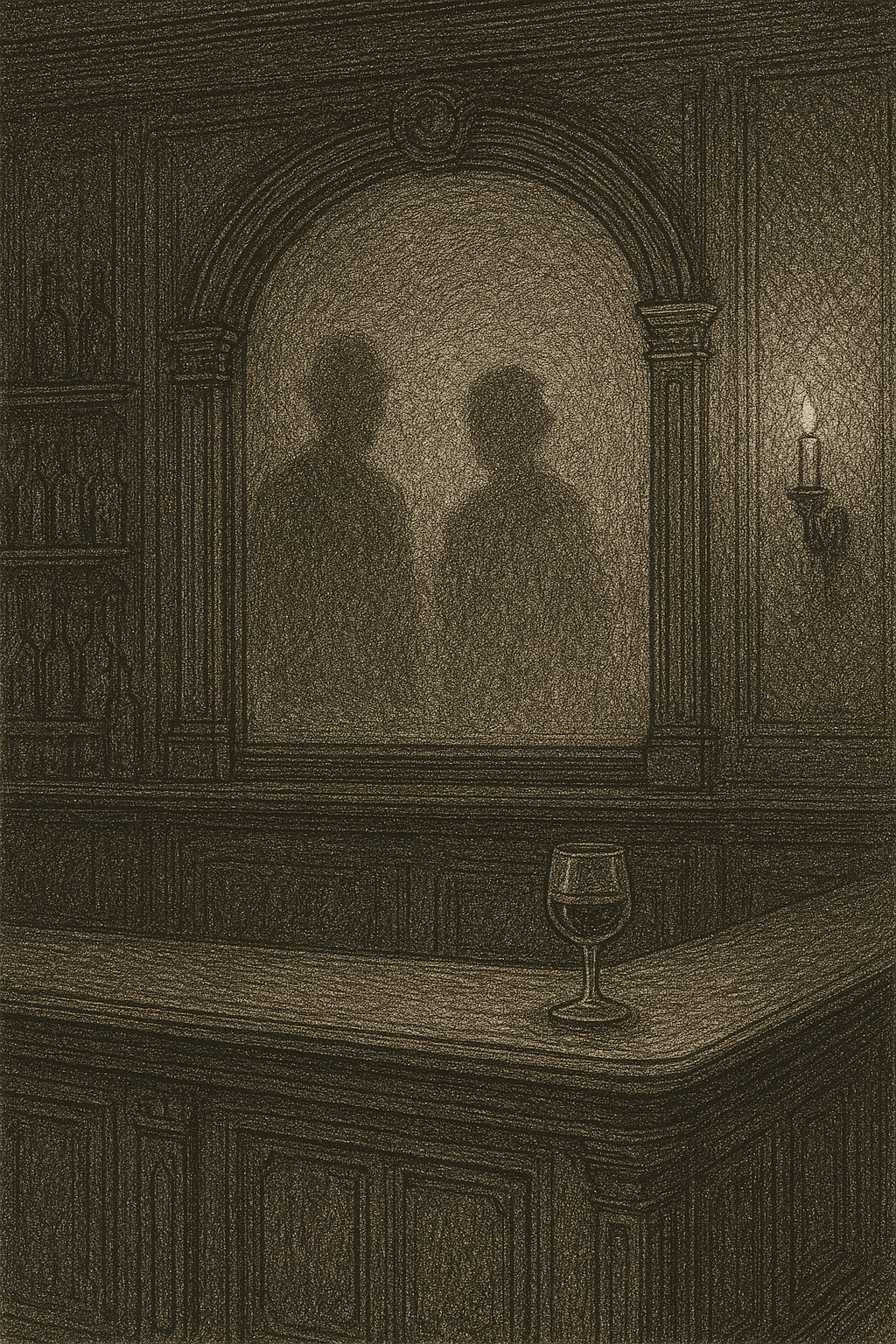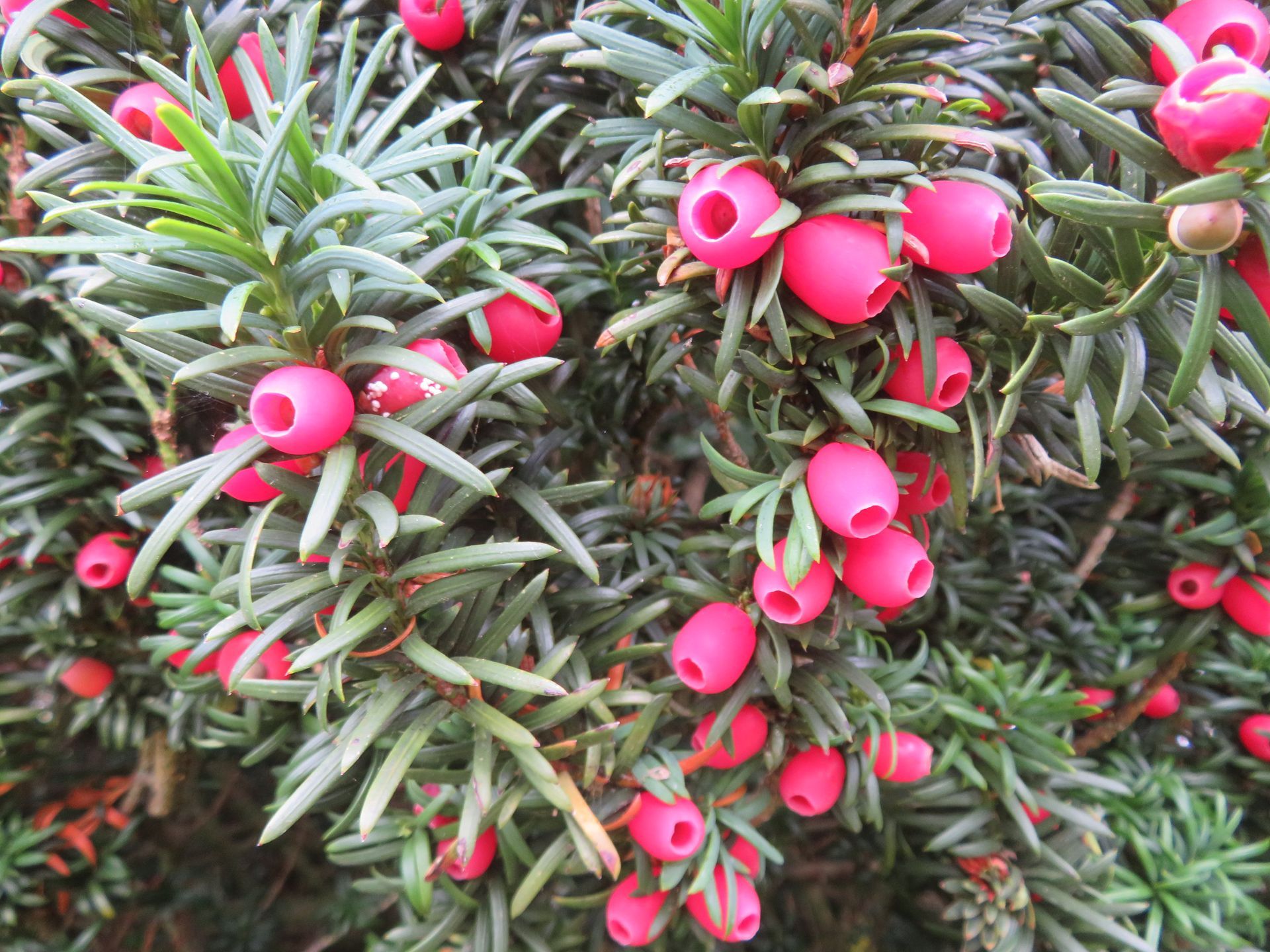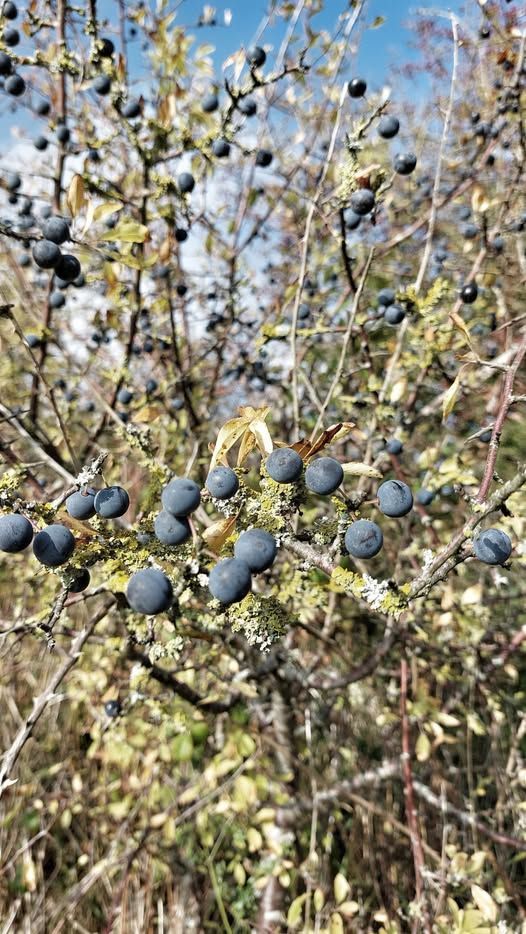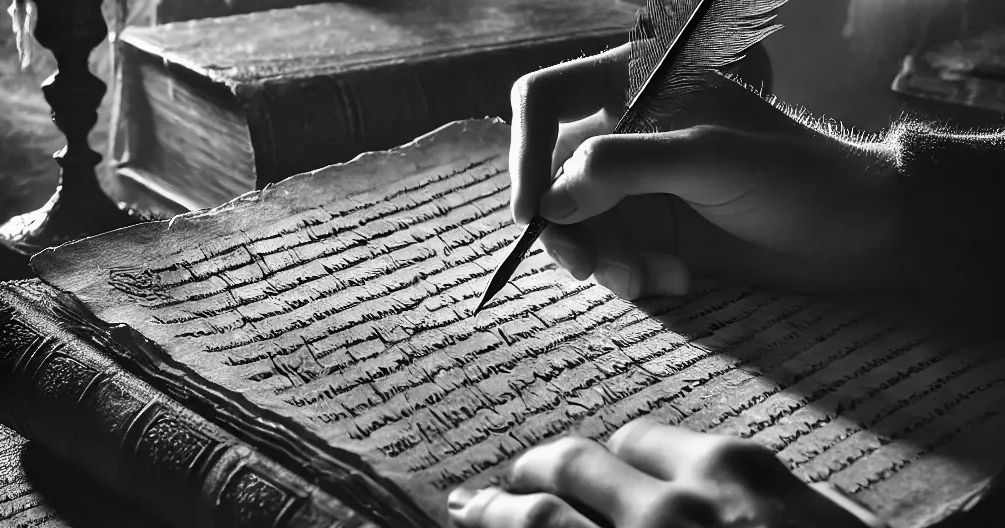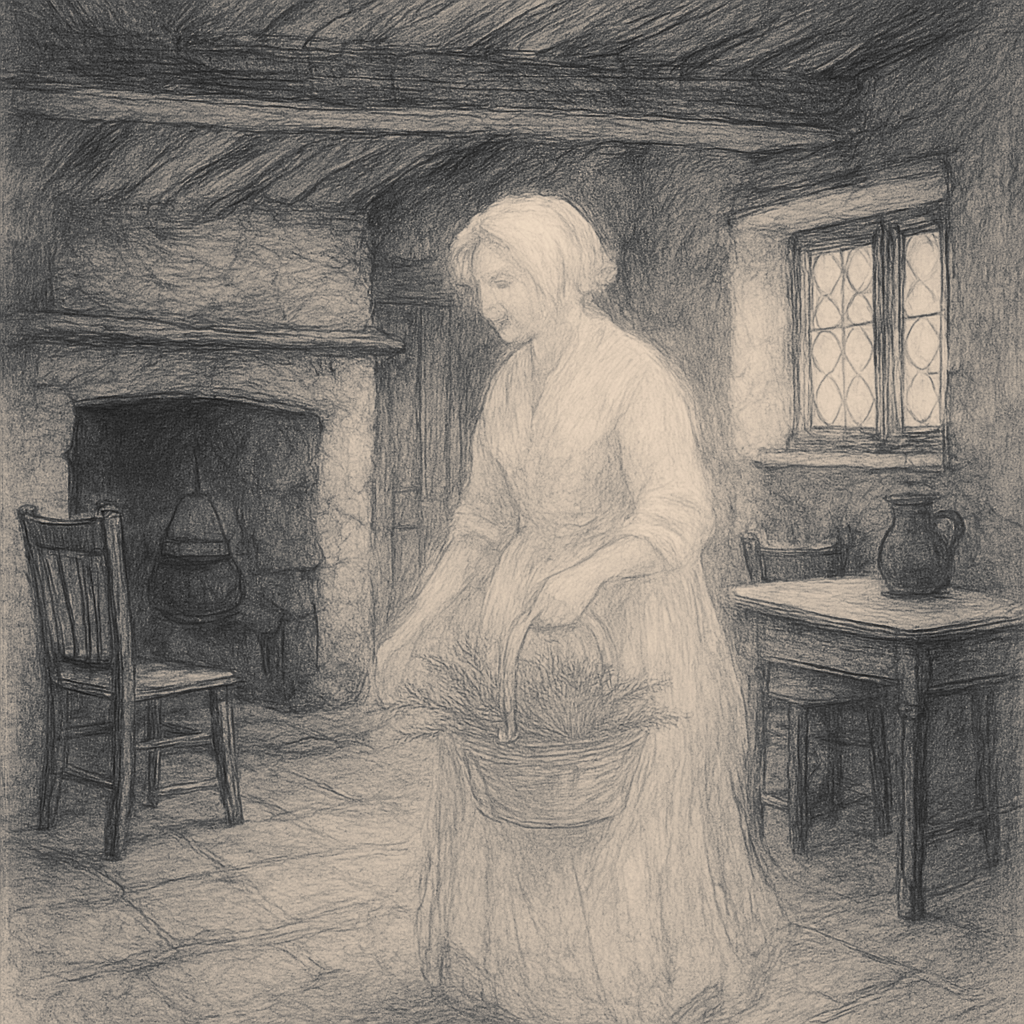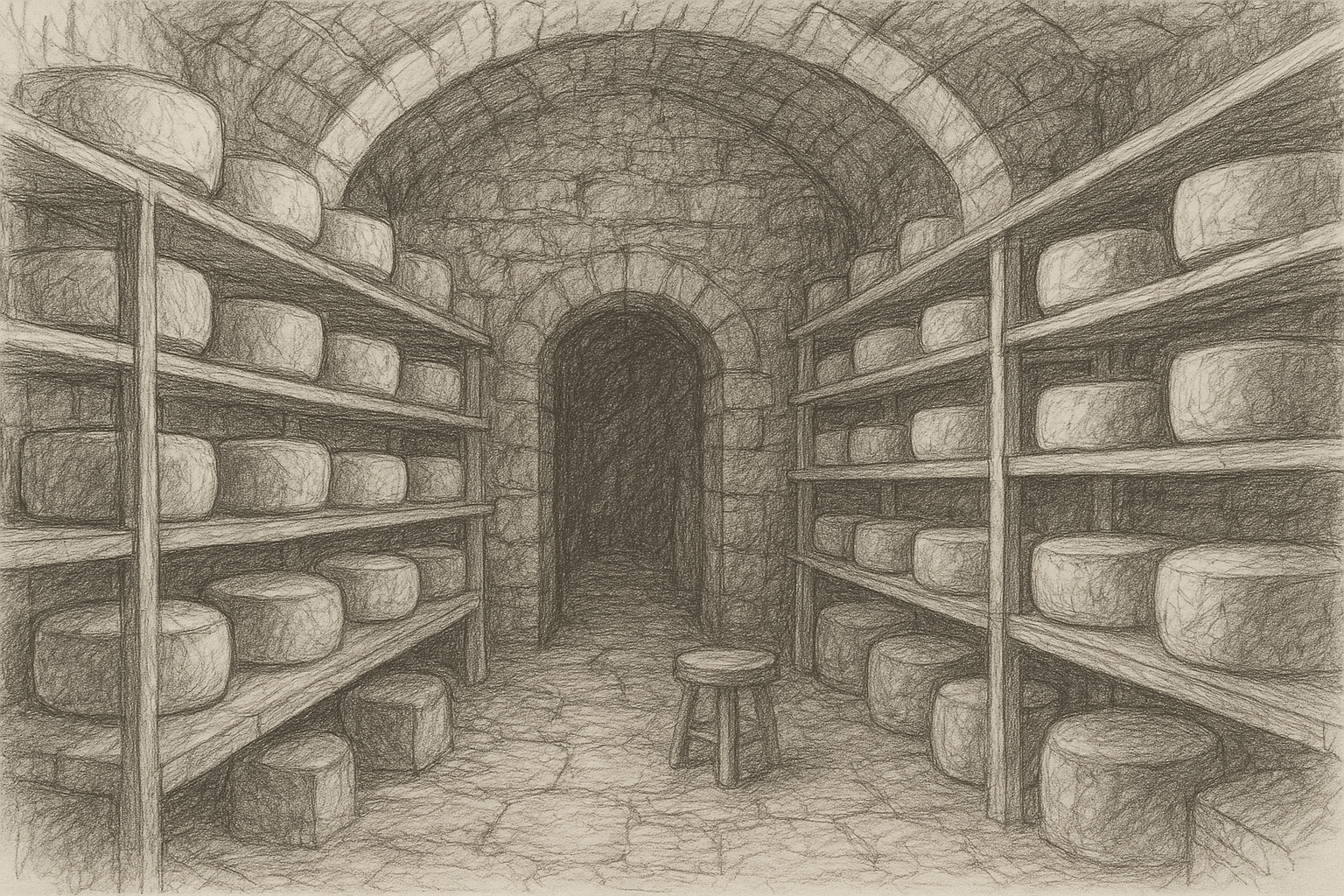The Twerton Poltergeist
The Poltergeist of Cameley Green - Twerton - Bath
In 1975, the lives of a family in a seemingly normal house in Twerton, Bath were made a misery by what was described as a phantom with horrible wrinkled skin.
The apparition appeared over three nights, manifesting itself to a woman of the house who was in bed, the first night she woke up her heart palpitating and in a cold sweat and she then would spend the rest of the night tossing and turning reliving the horrors of what she thought had been an intense nightmare.
When the vision reappeared on the following two nights all she could do was scream and thrash about in the bed for a few seconds and then thankfully pass out? by this time she knew it was not a nightmare.
Her experience obviously disturbed and alarmed the rest of the household, the apparition however then moves on to others in the family.
It also appeared before a young woman who was nursing her baby in the middle of the night.
It also caused other phenomenon including causing a picture on the wall to swing with the intensity of a windscreen wiper, this phenomena was accompanied by a chilling fall in the temperature.
It was first described as about 5 foot high and looking rather like a pile of washing on its repeated manifestations.
Those who saw it then modified their description and called it the creature with the horrible wrinkled skin.
The effect on the householder's was traumatic, whatever it was continued to make occasional appearances over the next fortnight and the family were left with little alternative but to hand in their notice.
Some of them were already receiving medical attention for stress, and an attempted exorcism of the home seemed to have made things worse,
Not surprisingly these events made the news and the house then became vacant.
For a while it was the council's most wanted property, although those who moved in later had no weird experiences at all and the case soon became history.
Research - On looking at the land, it was just fields, the estate was built in the late 1940's, post war, so it wasn't effected by the Bath Blitz..
It seems plausible then that the story is either an embellished story, for attention, as it was around the same time as the famous Enfield Poltergeist Haunting, or the woman in question was suffering from night terrors or an illness that could create hallucinations, or that maybe something was attached to someone in the family, hence making perfect sense why subsequent later occupants didn't experience anything at all....
But it would take a very powerful entity to be able to consistently show itself to people and cause strong paranormal activity, so in the absence of any hard evidence or video captures (not around at the time) it is difficult to ascertain whether this was a true haunting or a cleverly woven story/ hoax...
Locals think is was a ploy to get a better house, as the family were moved on to Cranmore Place, which strangely has reports of poltergeist activity, but I am unsure if its the same family or a coincidence.
Source - Haunted Bath - David Brandon
Photos - Know your Place & Instant Street View
#hauntedbath #hauntedtwerton #ghostsofbath #twertonpoltergeist #bathghoststories #bathparanormal #paranormal #poltergeist #nightterrors #hauntedhomes #hanuntedhouses #bathpoltergeist
Share

